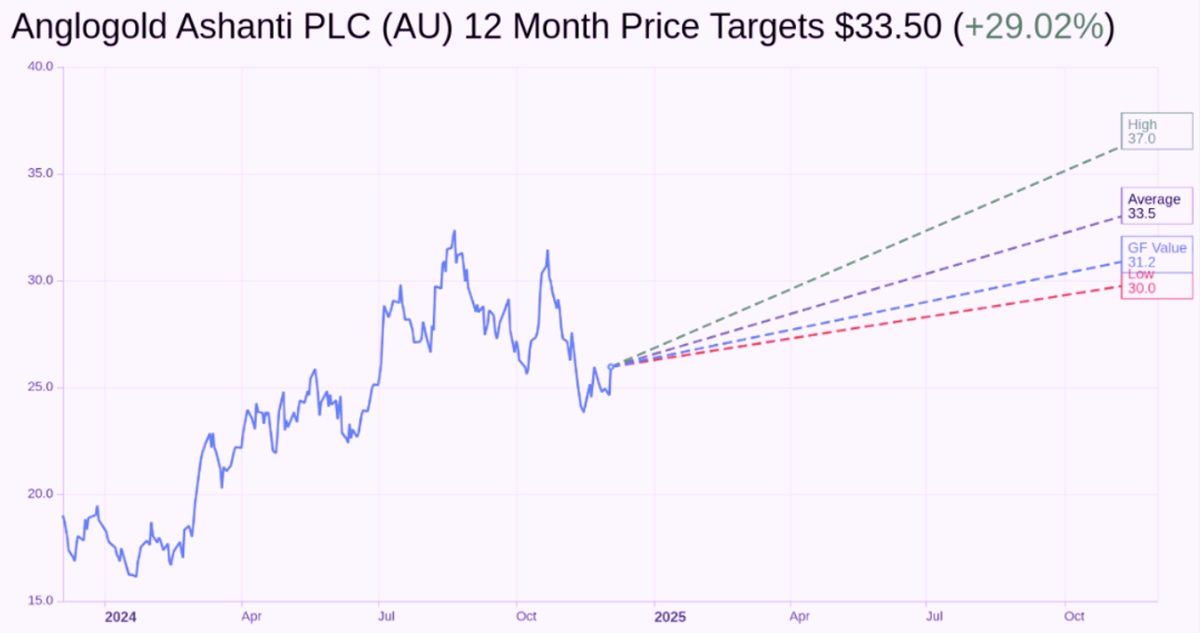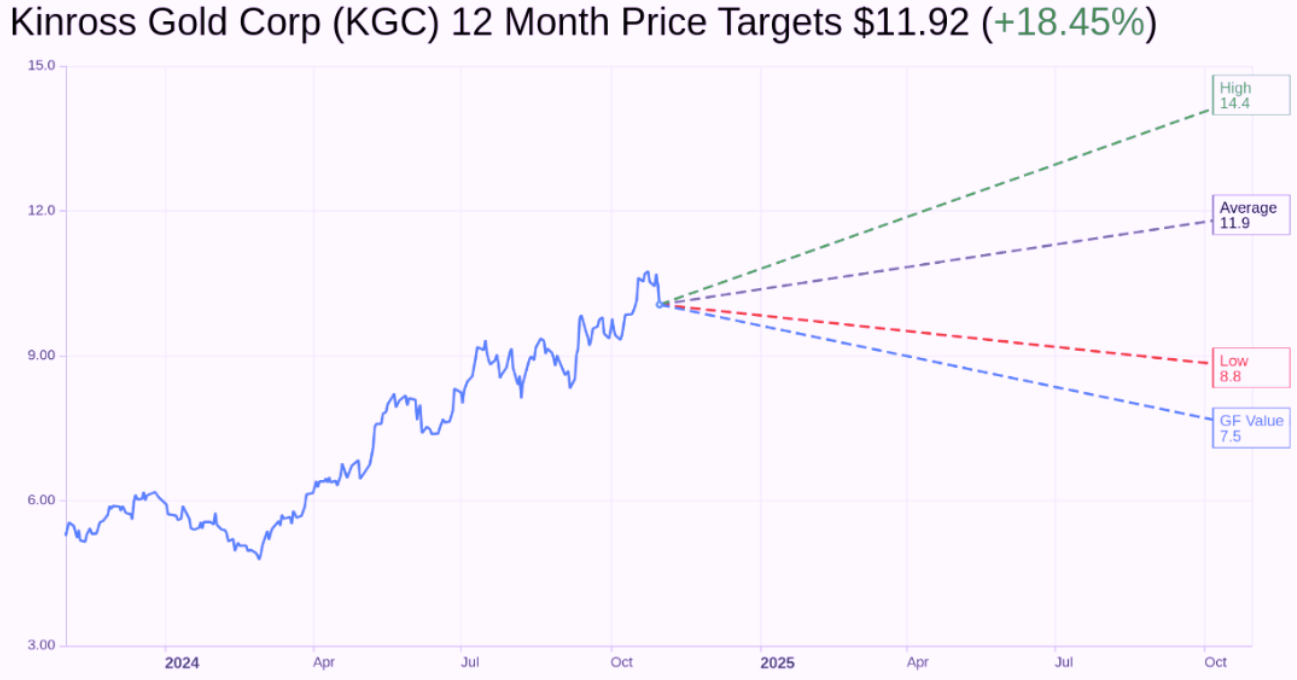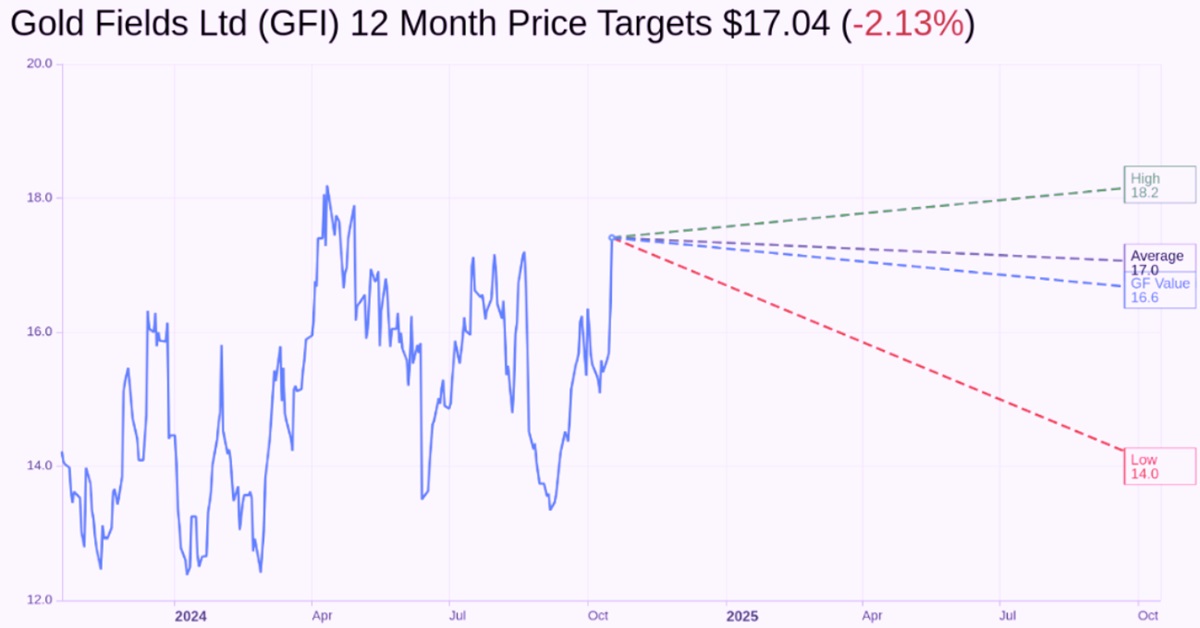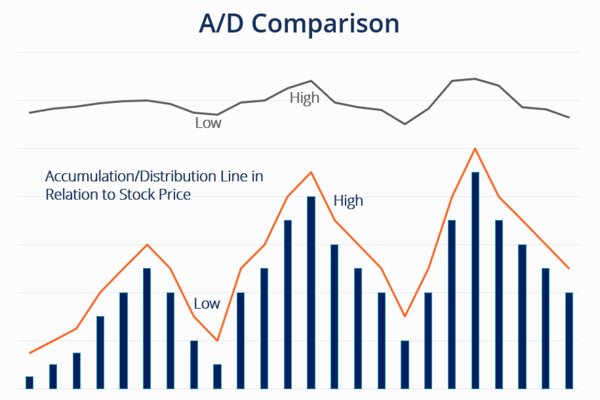Gold has always held a special place in human history. From ancient civilisations to modern economies, it's been a symbol of wealth, stability, and power. But in today's world, you don't need to own physical gold bars or jewellery to benefit from its value. Enter gold stocks—a way to invest in gold without needing a vault.
Understanding Gold Stocks
At their core, gold stocks represent shares in companies that are involved in the gold industry. These are typically mining companies that extract gold from the earth, but they can also include firms involved in gold exploration, refining, or even streaming and royalty companies that finance miners in exchange for a share of their future production.
Unlike buying physical gold, where the value is determined purely by the metal's market price, gold stocks introduce an additional layer of complexity. Their performance is influenced not only by the price of gold but also by the company's management, production efficiency, and financial stability. This means that while gold prices may rise, a poorly managed mining company might still struggle, whereas a well-run business can outperform the market even if gold prices remain steady.
Different Types of Gold Stocks
Gold stocks can generally be classified into three main categories:
Major gold miners – These are large, well-established companies with significant reserves and ongoing production. They tend to be more stable and less volatile than smaller companies.
Junior gold miners – These smaller companies focus on exploration and early-stage development. While they offer the potential for substantial gains, they are riskier as their success depends on discovering and extracting viable gold deposits.
Gold streaming and royalty companies – Instead of operating mines, these companies provide upfront capital to miners in exchange for a share of their production at a fixed cost, often making them a more stable investment.
Each type of gold stock serves a different purpose within a portfolio. Large mining companies provide steady exposure to gold prices, junior miners offer speculative growth potential, and streaming companies deliver a unique mix of stability and upside.
Top-Performing Gold Stocks in 2025
AngloGold Ashanti (AU): AngloGold Ashanti has been the top-performing gold stock year-to-date (YTD), with a surge of 31%. The company operates gold mining projects across South America, Asia, and Africa. In its last reported quarter, it posted an EPS of $0.60. surpassing the consensus estimate of $0.51 by 17.65%, and its revenue reached $1.38 billion, exceeding expectations of $1.23 billion. With strong fundamentals and favorable industry tailwinds, it remains a compelling choice for gold traders.
 Kinross Gold (KGC): Kinross Gold has also emerged as one of the best-performing gold stocks in 2025. rising nearly 22% YTD. The company has mining projects in the US, Brazil, Chile, and other regions. In Q3 2024. Kinross reported an EPS of $0.24. beating analyst estimates of $0.19. Its revenue climbed 29.9% year-over-year to $1.43 billion, exceeding projections of $1.32 billion. Traders should keep an eye on its upcoming earnings report, scheduled for February 12 before the market opens.
Kinross Gold (KGC): Kinross Gold has also emerged as one of the best-performing gold stocks in 2025. rising nearly 22% YTD. The company has mining projects in the US, Brazil, Chile, and other regions. In Q3 2024. Kinross reported an EPS of $0.24. beating analyst estimates of $0.19. Its revenue climbed 29.9% year-over-year to $1.43 billion, exceeding projections of $1.32 billion. Traders should keep an eye on its upcoming earnings report, scheduled for February 12 before the market opens.
 Gold Fields Ltd (GFI): Gold Fields Ltd has delivered strong returns in 2025. rising 28% YTD. The company operates gold mines in Chile, South Africa, Ghana, Canada, Australia, and Peru, and also explores silver deposits, providing diversified exposure to precious metals. However, it faces notable technical resistance and has yet to break above key overhead resistance levels, such as $18 per share, which could pose challenges for further upside momentum in the near term.
Gold Fields Ltd (GFI): Gold Fields Ltd has delivered strong returns in 2025. rising 28% YTD. The company operates gold mines in Chile, South Africa, Ghana, Canada, Australia, and Peru, and also explores silver deposits, providing diversified exposure to precious metals. However, it faces notable technical resistance and has yet to break above key overhead resistance levels, such as $18 per share, which could pose challenges for further upside momentum in the near term.

What Drives the Price of Gold?
Gold has historically been regarded as a "safe haven" asset. When markets become unpredictable due to economic downturns, inflation, or geopolitical instability, traders often flock to gold as a way to preserve their wealth. Gold stocks, in turn, benefit from this behaviour.
Unlike other commodities, gold is unique in that its demand isn't solely driven by industrial use but also by its role as a store of value. During financial crises or inflationary periods, people lose confidence in currencies and traditional assets, which often leads to a surge in gold prices. This, in turn, boosts the profitability of gold mining companies and raises the value of gold stocks.
While gold stocks are often considered a safe haven during periods of market turbulence, understanding what drives the price of gold itself is essential to fully grasp why these stocks tend to perform well in volatile markets.
Gold prices are influenced by a range of economic, political, and market factors that go beyond simple supply and demand. Unlike most commodities, gold isn't just used for industrial purposes—it holds a unique position as both a precious metal and a financial asset. This means its price is shaped by global economic trends, trader sentiment, and monetary policies rather than just mining output and jewellery demand.
One of the biggest drivers of gold prices is inflation and interest rates. When inflation rises, the purchasing power of currencies declines, making gold—seen as a store of value—more attractive to traders. Similarly, low interest rates reduce the appeal of interest-bearing assets like bonds, pushing traders towards gold. Conversely, when interest rates rise, gold can become less desirable as it doesn't generate income like other investments.
Currency fluctuations also play a crucial role, especially movements in the US dollar. Since gold is priced in dollars, a weaker US dollar typically pushes gold prices higher, making it cheaper for foreign traders. On the other hand, a strong dollar can put downward pressure on gold prices.
Gold is also heavily impacted by economic and geopolitical uncertainty. During financial crises, recessions, or geopolitical tensions, traders often turn to gold as a "safe haven" asset. This was evident during events like the 2008 financial crisis and the COVID-19 pandemic, when gold prices surged as traders sought stability.
Finally, supply and demand dynamics still matter, though they play a smaller role compared to financial factors. While gold mining production and jewellery demand influence prices, they are often overshadowed by macroeconomic forces and trader behaviour in global markets.
Using Gold Stocks to Diversify a Portfolio
Gold stocks can play an essential role in diversifying an investment portfolio, particularly during times of economic uncertainty. Since gold often moves independently of traditional stocks and bonds, it can serve as a hedge against inflation and market downturns.
Traders looking to incorporate gold stocks into their portfolios typically have a few approaches. Some allocate a small percentage (5-10%) of their overall holdings to gold-related assets to protect against volatility, while others take a more aggressive stance by focusing heavily on the sector when they expect gold prices to rise.
For those who don't want to pick individual stocks, gold exchange-traded funds (ETFs) offer an easy way to gain broad exposure to the gold market. Some ETFs track physical gold prices, while others hold a diversified portfolio of gold mining stocks, providing a balanced approach to gold investing.
Disclaimer: This material is for general information purposes only and is not intended as (and should not be considered to be) financial, investment or other advice on which reliance should be placed. No opinion given in the material constitutes a recommendation by EBC or the author that any particular investment, security, transaction or investment strategy is suitable for any specific person.


 Kinross Gold (KGC): Kinross Gold has also emerged as one of the best-performing gold stocks in 2025. rising nearly 22% YTD. The company has mining projects in the US, Brazil, Chile, and other regions. In Q3 2024. Kinross reported an EPS of $0.24. beating analyst estimates of $0.19. Its revenue climbed 29.9% year-over-year to $1.43 billion, exceeding projections of $1.32 billion. Traders should keep an eye on its upcoming earnings report, scheduled for February 12 before the market opens.
Kinross Gold (KGC): Kinross Gold has also emerged as one of the best-performing gold stocks in 2025. rising nearly 22% YTD. The company has mining projects in the US, Brazil, Chile, and other regions. In Q3 2024. Kinross reported an EPS of $0.24. beating analyst estimates of $0.19. Its revenue climbed 29.9% year-over-year to $1.43 billion, exceeding projections of $1.32 billion. Traders should keep an eye on its upcoming earnings report, scheduled for February 12 before the market opens. Gold Fields Ltd (GFI): Gold Fields Ltd has delivered strong returns in 2025. rising 28% YTD. The company operates gold mines in Chile, South Africa, Ghana, Canada, Australia, and Peru, and also explores silver deposits, providing diversified exposure to precious metals. However, it faces notable technical resistance and has yet to break above key overhead resistance levels, such as $18 per share, which could pose challenges for further upside momentum in the near term.
Gold Fields Ltd (GFI): Gold Fields Ltd has delivered strong returns in 2025. rising 28% YTD. The company operates gold mines in Chile, South Africa, Ghana, Canada, Australia, and Peru, and also explores silver deposits, providing diversified exposure to precious metals. However, it faces notable technical resistance and has yet to break above key overhead resistance levels, such as $18 per share, which could pose challenges for further upside momentum in the near term.




